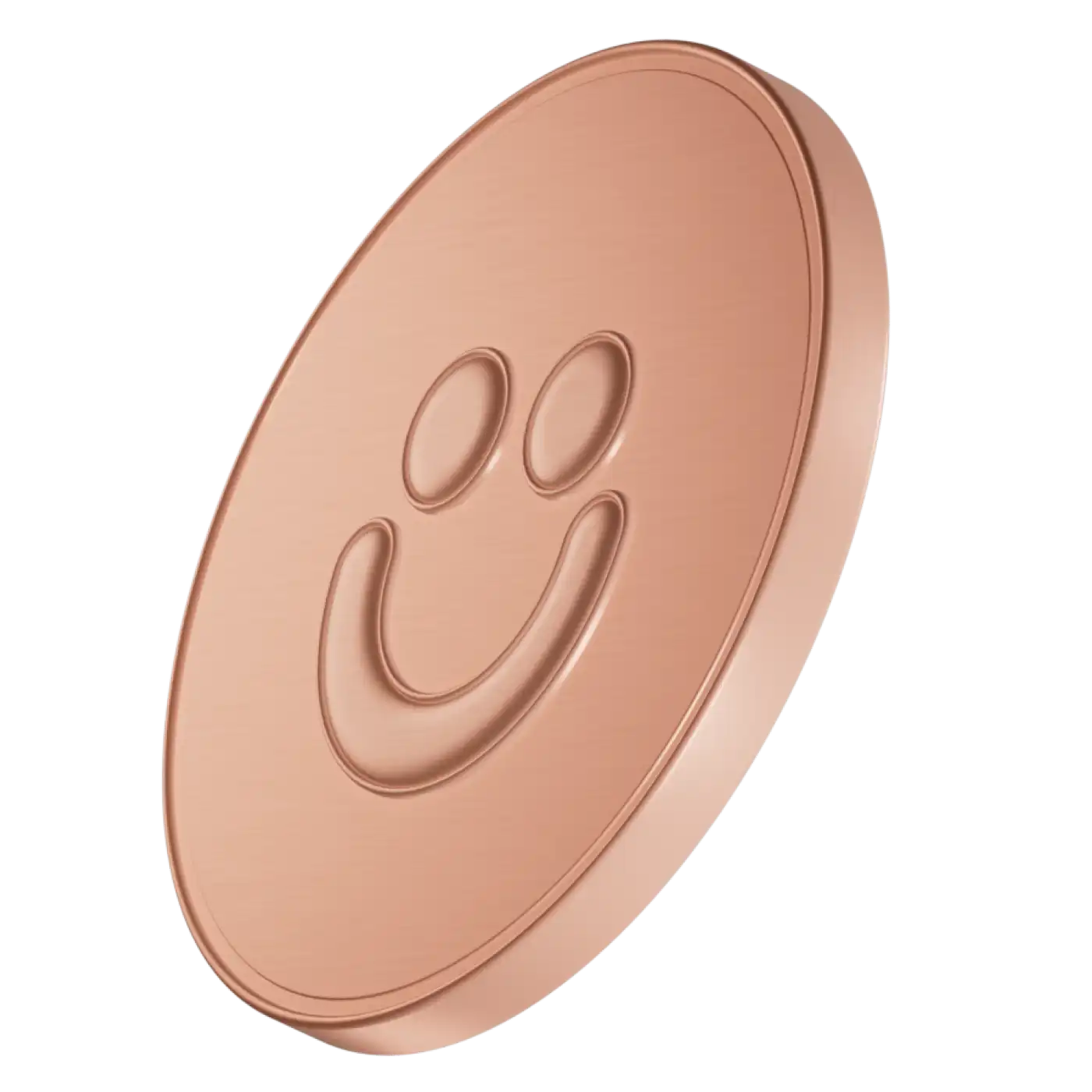Mastering personal finance is like learning any new skill. It takes time, practice, and patience. Most people who start caring about personal finance realize that they’ve made a few financial mistakes: Maybe they’ve taken out a lot of debt or avoided saving for the future or spent work bonuses on new cars and other things they didn’t need.
But once they decide to start caring, they have to start with the basics, which includes the first building block of personal finance. It’s like learning the alphabet. You can’t read War and Peace if you don’t know your letters.
But even learning about budgeting can be overwhelming and scary, especially for someone who’s never delved into their finances. Read more to discover what budgeting entails, how many different kinds of budgets there are, and how to set up a budget.
What is Budgeting?
Budgeting means creating a plan to track your spending and categorize those expenses. A budget is like a road map for your finances. It shows you where to go and what limitations you need to set for yourself.
Without a budget, it’s easy to spend more than you earn and go into debt. It’s also harder to prioritize major savings goals if you don’t know where your money is going. People who don’t have a budget can find it harder to pay off debt, save for retirement, or achieve milestones like buying a house.
Budgeting Strategies and Tips
A budget is an individual plan that depends on each person’s unique likes, personality, habits, and more. What works for your best friend may not be right for you.
50/30/20 Rule
The 50/30/20 rule was first popularized by US Senator Elizabeth Warren in her book, All Your Worth: The Ultimate Lifetime Money Plan. This is a basic budgeting strategy designed to help beginners become used to budgeting their money.
The 50/30/20 plan divides expenses into three categories:
Needs
Wants
Savings/debt
You’re allowed to spend 50% of your income on needs, 30% on wants and 20% on savings and debt repayment. Many budgets have people divide their expenses into a dozen categories or more. This can make budgeting confusing and complicated, especially for someone just starting out.
The 50/30/20 plan is simple to follow because it’s easy to know which category something should go in. Mortgage payment? Need. Shopping for new clothes? Want. Student loans? Debt.
The 50/30/20 budget can be used to ease people into budgeting before they choose a more intense option. The downside to this kind of budget is that you don’t see the nitty-gritty details. You don’t know how much you spend on groceries every month because it all falls under the “Needs” category. It can take longer to make important changes because you’re not focusing on specific categories.
Envelope Method
Developed by personal-finance media figure Dave Ramsey, the envelope budgeting method is one of the most common types of budget. It says you should divide your categories into envelopes of cash.
First, make a list of all your major spending categories and allocate a certain amount of money for each one. Base those figures off your current spending and future projections. If you spend $500 on groceries right now and think you could cut back, allocate $450 a month.
Once you’ve made a list of your categories, decide which ones you can use cash envelopes for. You can’t pay your mortgage in cash and your utility and internet bills usually require a cheque or debit card. But others, like groceries, gas, and restaurants, are perfect for the cash envelope method.
The envelopes act as a firm barrier to going over budget. Once you’ve spent the money in your envelope, you can’t get any more.
You can use regular envelopes or buy a small accordion folder to keep in your wallet. You can refill the envelopes at the beginning of each month.
Pay-Yourself-First Method
There are some people who hate budgeting, no matter what form it comes in. They don’t like spreadsheets, they hate updating apps and they don’t want to use envelopes stuffed with cash.
But they know they need to budget, so they want a simple method that ensures they’re meeting their goals without sticking to a rigid system.
That’s where the “pay yourself first” method comes in. With this strategy, the consumer sets up automatic transfers to a savings account for all their goals. This can include an emergency fund, car repair fund, vacation fund—anything they want to save for. They also have automatic transfers to their retirement fund, either on their own or through their employer.
The money that’s left over in their chequing account is theirs to spend however they like. They can blow it on eating out, shopping, and buying a round of drinks for their friends. As long as they don’t overdraft their account, it doesn’t matter.
This method isn’t popular among financial experts because there’s not a lot of accountability.
How to Find the Best Budget
Some people know which budget they want to create right off the bat. A person who’s analytical and detail-oriented might prefer a spreadsheet system with each category laid out. A more laid-back consumer might want a simpler system that is more automated.
But for many people, there isn’t one clear winner. The trick is to try out multiple kinds of budgets until you find one that works.
Give yourself a month or two before moving onto a new budget. It takes time to adjust and figure out how a budget works. Decide if the system is easy to use and motivates you to track your expenses.
Give Yourself Room
When people create a budget, they imagine a perfect version of themselves who never spends more than they have to. Their perfect version isn’t tempted by restaurants, bars, or new video games.
Unfortunately, no one’s perfect—in life and in budgeting. When building a budget, give yourself some room for error. If you normally spend between $600 and $650 on groceries, don’t allocate $575 for food. You’ll be forcing yourself to make some big changes off the bat.
The worst thing you can do is make your budget impossible to follow. That sets yourself up for failure and if you fail too often, you’ll lose the motivation to budget at all.
Be kind to yourself and be realistic. Don’t ignore your real wants and desires and pretend that you’ll be a completely different person.
Budget Based on Your Goals
Everyone has different hopes and dreams in life, but most of us want the same thing. We want to save for the future while enjoying the present.
To get more specific, make a list of your biggest goals. These can include traveling to Australia for a month or starting a business.
Build these goals into your budget. That will make your budget more sustainable because you’ll be rewarding yourself with something you really want.
Budgeting Worksheet
This PDF is a fillable worksheet so you can use it on your desktop and it will fill in the calculations for you.
Learning how to budget is a skill, not a talent. It takes months to learn how to budget successfully, how to avoid overspending and how to accurately predict your needs. Don’t beat yourself up if you don’t budget perfectly. The point is to learn how to be more mindful and intentional with your finances.


